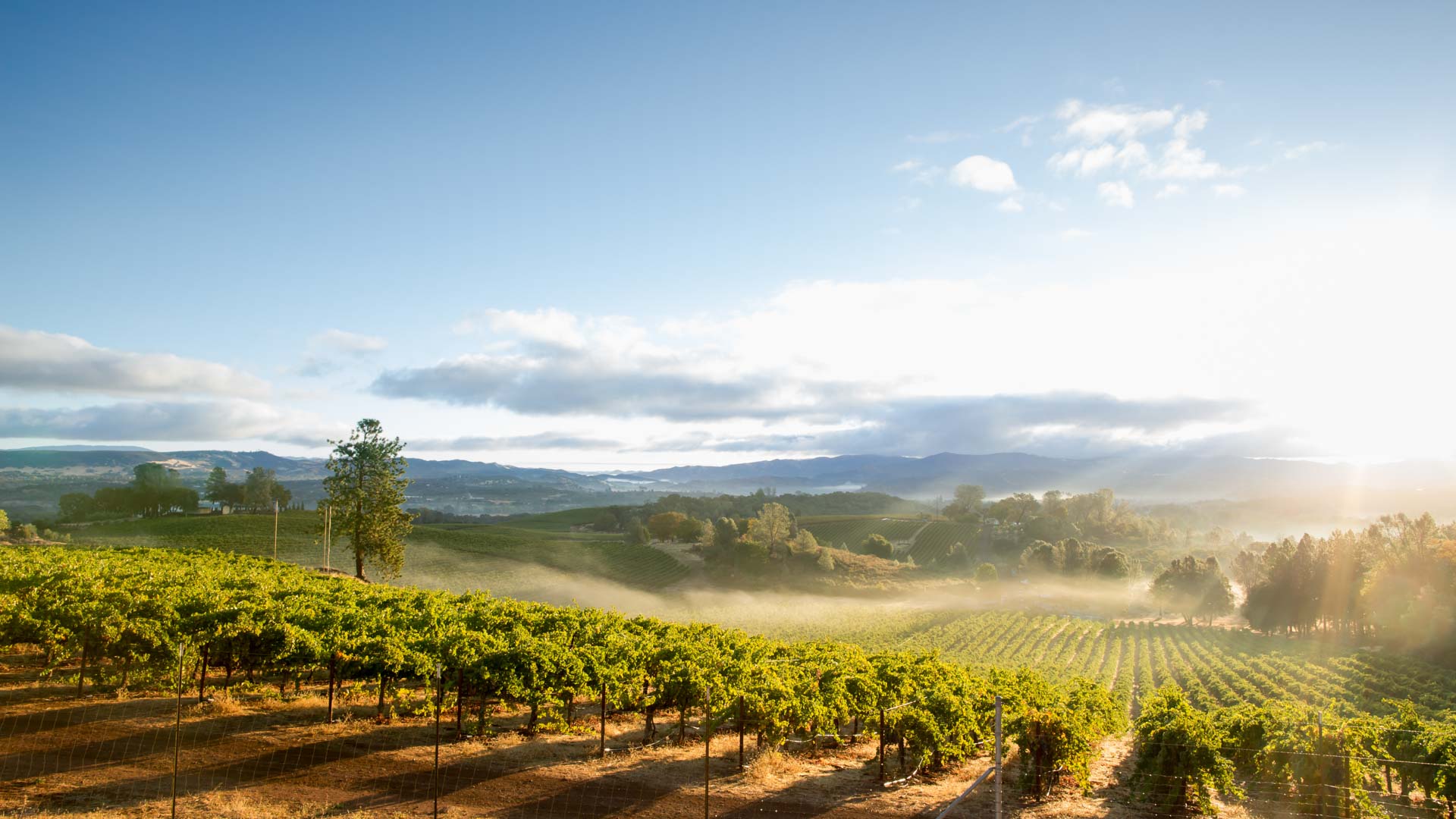California’s nine national parks include some of America’s most iconic landscapes, including Yosemite Valley’s granite spires, Death Valley’s soaring sand dunes, and Sequoia’s gargantuan trees. But the grandeur of these places sometimes makes us forget to look for natural beauty beyond their borders. The Golden State is also home to 280 state parks—the nation’s largest state park system—brimming with their own extraordinary wonders. Snow-capped mountains? Check. Cactus-filled desert? Check. Wave-sculpted coastline? Check. If you’re looking for a national park alternative, there’s a California state park with your name on it. Here’s a collection for all nine national parks—and we even included one for Point Reyes National Seashore.
Yosemite National Park
Let’s say you’re craving the grandeur of granite and alpine scenery, but don’t want to brave Yosemite’s holiday crowds. Make a date with Southern California’s mountain majesty at Mount San Jacinto State Park, a pine- and fir-clad wonderland dominated by the granite massif of 10,834-foot Mount San Jacinto. From Palm Springs, access the summit by riding the Aerial Tramway to Mountain Station, then setting out on foot. Or drive to the village of Idyllwild to explore other park trails, including a section of the 2,650-mile Pacific Crest Trail.
Redwood National Park
Or maybe you’re hankering for a trip to the redwoods, but don’t have time for the drive to Redwood National Park. You’re in luck—Big Basin Redwoods State Park is only 60 miles south of San Francisco and boasts 2,000-year-old redwoods, a trio of breathtaking waterfalls, and tent cabins for luxury camping. California’s very first state park (established in 1902) was also the first in the world to protect the magnificent coastal redwood tree. For an easy introduction, follow the Redwood Loop Trail from park headquarters through a forest primeval. Many of these giants are more than 50 feet wide and as tall as the Statue of Liberty.
Death Valley and Joshua Tree National Parks
Longing for a little desert solitude, and maybe the chance to shoot amazing desert photos? Death Valley and Joshua Tree national parks offer timeless landscapes and unsurpassed imagery, but so does Anza-Borrego Desert State Park, east of San Diego. Crowning California’s park system with the largest tract of state-preserved land, Anza-Borrego spans more than 600,000 acres. Take a hike into Borrego Palm Canyon, a watery haven fed by underground springs. Mosey on through a steep-walled canyon at The Slot. At sunset, visit Fonts Point to see the Borrego Badlands cast shadows across a maze of golden hills and sand-colored arroyos.
Channel Islands National Park
Channel Islands National Park’s popularity is partly due to islomania—our human tendency to find islands irresistible. But if you’re near San Francisco, satisfy your island obsession at Angel Island State Park. Like the Channel Islands, Angel Island’s chaparral-covered hillsides slope down to rocky coves and sandy beaches, and the 740-acre island is laced with trails. But it has one major feature the Channel Islands don’t have—world-class views of San Francisco and the Golden Gate Bridge. Hike or bike the 6-mile Perimeter Loop to get the full effect. Also visit the Immigration Station Museum—Angel Island served as the “Ellis Island of the West” from 1910 to 1940.
Kings Canyon and Sequoia National Parks
Always wanted to walk among a grove of giant sequoias? Sequoia and Kings Canyon national parks are famous for those amazing trees, but Calaveras Big Trees State Park in Arnold is where the giant sequoia craze first started. In 1852, a hunter chased a bear into what is now the park’s North Grove, rubbed his eyes in astonishment, then raced back to tell the world about his discovery. Share his awe with an easy stroll on the 1.5-mile North Grove Loop, or drive to the more remote South Grove, where a longer trail travels past giants like the 3,300-year-old Louis Agassiz Tree.
Point Reyes National Seashore
The triangular peninsula of Point Reyes National Seashore protects a watery utopia of beaches, lagoons, estuaries, and ponds—and makes a great weekend getaway for millions of Bay Area residents. A similar landscape can be found at less visited but equally spectacular Sinkyone Wilderness State Park, anchoring California’s wild “Lost Coast.” The park has only two entrances—Needle Rock to the north and Usal Beach to the south. In between, breakers pound driftwood-strewn beaches, wisps of fog wash over craggy cliffs, and Roosevelt elk roam in wild meadows. Get a taste of this wave-lashed wilderness by hiking to Jones Beach from the 1920s-era Needle Rock Visitor Center, an hour-long drive from Garberville. For a closer-to-civilization coastal getaway, visit Point Lobos State Natural Reserve near Carmel, where groves of Monterey cypress trees frame relentless rolling waves, and sea otters frolic in sheltered coves.
Pinnacles National Park
At Pinnacles National Park, you can experience the spine-tingling excitement of navigating your way through pitch-black passageways and water-sculpted volcanic tunnels in the park’s talus caves. Get a similar thrill with a below-ground visit to Providence Mountains State Recreation Area east of Barstow. Make a tour reservation to explore Mitchell Caverns, its limestone walls and ceiling lined with intricate stalagmites, stalactites, and other mineralogical features. A big bonus here: Strategically placed LED lights mean you won’t clunk your head on the ceiling.
Lassen Volcanic National Park
Travelers flock to Lassen Volcanic National Park for its out-of-this-world volcanic features—steaming sulphur vents, boiling thermal pools, and Mount Lassen’s prominent cone, which erupted in 1915. You won’t find lava-spewing volcanos in California’s state parks, but you can soak in the power of geothermal forces at Grover Hot Springs State Park, where piping hot springs bubble up from the earth. About 45 minutes south of Lake Tahoe in Markleeville, the park’s steamy water emerges from underground at a scalding 148 degrees Fahrenheit. It’s cooled and then piped into the park’s two concrete pools—one hot enough to soothe tired muscles, the other just right for swimming.
